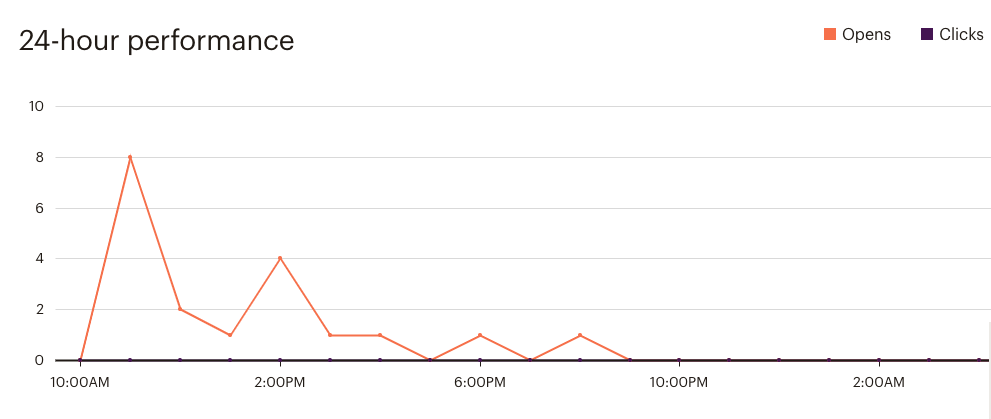 Esther Andrews Black is a freelance writer and editor with high-tech marketing, communications, and PR experience. She’s developed a variety of content, including press releases, PR presentations, web content, training presentations, marketing collateral, newsletters, blogs, team emails and more. Esther is a Jottful Community member.
Esther Andrews Black is a freelance writer and editor with high-tech marketing, communications, and PR experience. She’s developed a variety of content, including press releases, PR presentations, web content, training presentations, marketing collateral, newsletters, blogs, team emails and more. Esther is a Jottful Community member.
Growing your small business can be daunting. There are myriad decisions to make each day. You may even find yourself paralyzed evaluating all the possible pitfalls of each and every decision.
But there’s a simple way to bolster your confidence: track and analyze data.
This need not be difficult. Here are four places you can turn to improve your marketing with a little data analysis.

1. Website
So, you’ve just built your first website and want to know how (or if) it’s working for you.
There’s a plethora of web analytics tools you can use to see what’s working and what’s not on your site. One of the most popular tools is Google Analytics — and it’s free!
You could start by looking at just one number: how many visitors are coming to your website each month? Dig into the data to learn:
- Where are your visitors coming from?
- How is your website showing up in searches?
- Are you getting traffic from other websites?
Just by analyzing what’s driving that one number, you can make more informed decisions about how to drive traffic to your website.

2. Email newsletter
Wondering about the value of your email newsletter?
It takes considerable time and effort to come up with content ideas and then write, format, and send the newsletter to your audience. So if the content isn’t resonating, you’ll want to figure it out quickly and either fix it or stop wasting any more time on it.
The reporting tools in email marketing software can let you know:
- Whether your emails are being opened
- Which links are being clicked on in those emails
Over time you can analyze the data further to discover:
- Which days of the week and times of day result in the most opens
- Which subject lines seem to work best
- What topics are most likely to get readers to click on your links

3. Direct (postal) mail
How can you determine whether your mailers are working — or just hitting the recycle bin?
Give your audience an action to take and you’ll soon have data points you can track. For example, you could send a postcard with a coupon that has a unique code. If a customer uses the code online or brings the coupon to your storefront, you’ll know exactly how many people took action as a result of receiving it. And you’ll learn, very quickly, where to spend your time and money.

4. Storefront
Begin by tracking how many people come into the store — morning, afternoon and evening — each day of the week. Then you can start to analyze trends.
If you see a lot of women in yoga gear coming in every Tuesday morning at roughly the same time, you can bet that traffic is being driven to your location by a nearby yoga studio. Then you can get fancy and go talk to the yoga studio about their class schedules, so you can plan ahead for busy times, and possibly advertise with flyers or cards in their studio.
Sundays are always dead? Close down the store!




